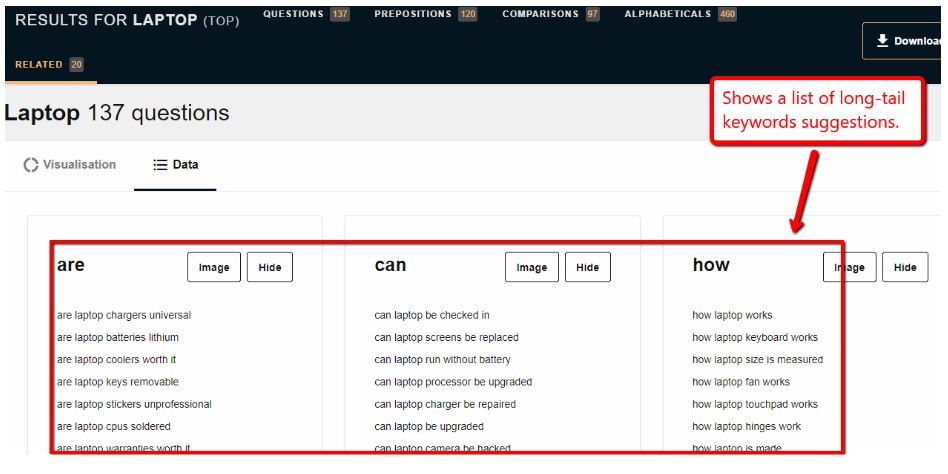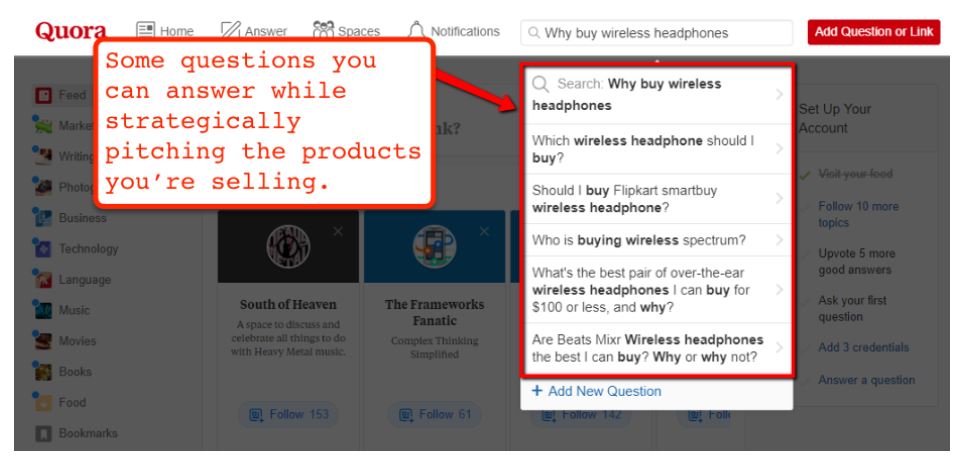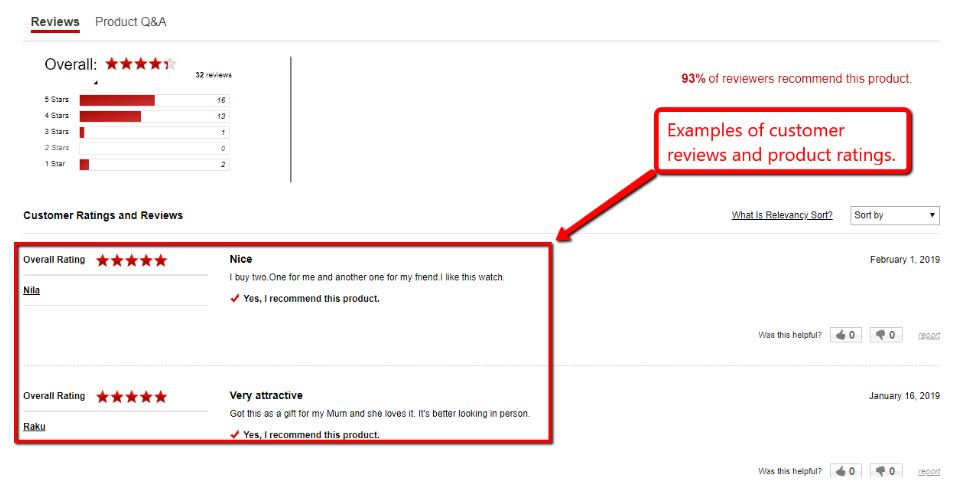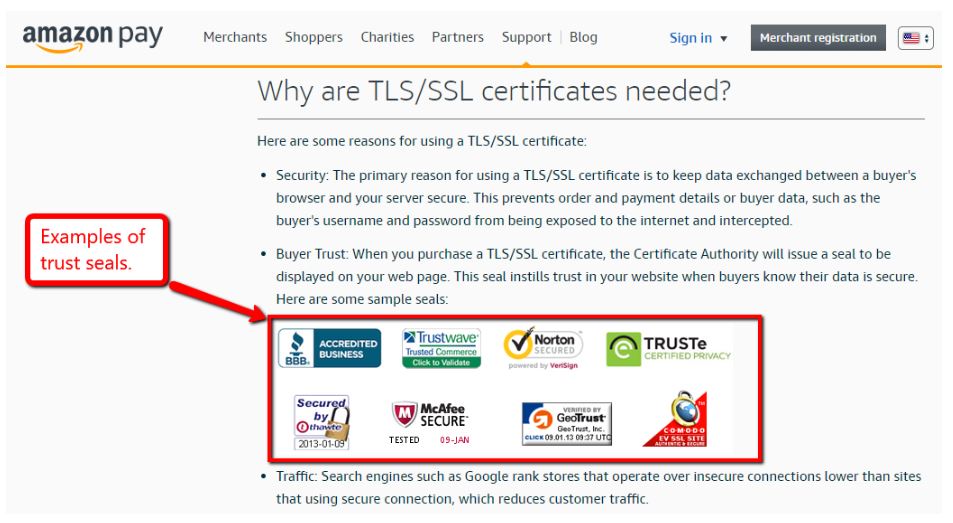
Running an online business isn’t all curtains and rainbows.
Not only are there countless things that you need to do right to ensure the success of your online store (somewhat), but depending on the mistakes you’re doing, you might also be causing your would-be customers to click away without buying from you.
Because you’re here reading this post, I’m guessing you’re struggling with that, aren’t you? (Getting your customers to buy from you, I mean.)
If you answered with a “yes,” then it’s time we talk about the ecommerce sales strategies you can use to take your online sales to greater heights.
Let’s hop right in…
1. Automate Your Tasks.
You don’t always need to increase your sales to grow your profit.
By reducing your expenses while keeping your sales constant, you can effectively do that as well — increasing your profit, I mean.
The good news is, when you’re operating in the realm of ecommerce, there are countless ways you can reduce your costs.
Automating some of your tasks, for example, can help reduce your expenses since you can avoid having to pay for needless manpower.
With the help of ecommerce solutions like Oberlo, you can automate a good bit of the tasks involved when integrating products from third-party suppliers to your Shopify store in just a couple of clicks.
When you think about how tedious and time-consuming it can be to upload product photos, add product description, and pricing (among other things) — just to integrate products into your site, you can’t help but see how much money you can save if you’d manage to do everything in a few clicks.
As you use Shopify apps to automate a good bit of your ecommerce tasks, not only will you be able to reduce your costs, therefore, increasing your profit, but you’d also be able to focus on the more important aspects of your business — like scaling or expansion.
2. Aim to Rank for Keywords with Buying Intent
Your SEO campaign’s goal should be to draw in high-quality traffic from the search engines — and by “high-quality,” I’m talking about the kind of visitors that are likely to take out their wallets and buy from you.
To do that, you need to optimize your pages for keywords that convey the right buying intent.
You can use an online tool like AnswerthePublic for your keyword research to come up with several keyword variations.
All you need to do is enter your seed keyword, and it will give you hundreds of suggestions — questions, to be more specific.

After the tool shows you countless keyword variations/ideas, you can start looking/inserting keywords that show buying intent like “order,” “buy,” or “discount,” etc.
To optimize your pages for the search engines, you can insert your keywords in these page elements:
- Alt tags and image file names
- Inbound links
- URL slug
- Page title
- Content headline
- Content main body
- Headers and subheaders
You might also want to look into boosting your SEO for voice searches as more users are beginning to utilize digital assistants like Alexa.
Implementing voice-related SEO strategies will help increase traffic and revenue.
An effective voice SEO will require you to tailor your keywords more in question form as people type and speak differently.
For example, people will type “Sushi restaurants” but will say “What are the best sushi restaurants?” when doing a voice search.
The key is to include the kind of questions that your customers might ask that are related to your target keywords.
3. Establish Your Brand Visibility on Q&A Websites
Q&A sites like Quora are one of the best places where you can market your ecommerce website.
The thing with Q&A sites is they “house” people who have real concerns, or, at the very least, have questions that they’re itching to get answered.
Here’s the scenario: You are a website owner that sells wireless headphones.
You’re looking for people who are interested to know about wireless headphones — or, to be more specific, people who want to buy wireless headphones.
You head over to Quora knowing that it’s a Q&A site, hoping that there are people asking about wireless headphones.
You type in the question “why buy wireless headphones” and this is what you saw…

Pretty awesome, ain’t it?
As you can see in the suggestions, there are questions listed that you can answer while strategically pitching your products.
At this point, all you need to do is visit the threads (questions), provide value by adding comprehensive answers, then strategically insert the link to your product page as an answer or a solution to their questions.
If you do that, not only will your audience visit your site, but they’ll most likely buy from you because you’ve added tons of value by answering their questions.
4. Offer a Product Wishlist Option
Even if some of your site visitors are only on your website for virtual window shopping, you can still count that as a sales opportunity.
Take advantage of the fact that they’re window shopping on your website by setting up a product wishlist option, so they can revisit your store when they are ready to make the purchase.
The good news is, setting up a product wishlist feature in your site is dead easy to pull off.
You just need to install a Shopify app like Smart Wishlist and you’d pretty much be good to go.
5. Use User-Generated Content to Your Advantage
One type of user-generated content (UGC) is a customer review.
This can be anything that your customers upload or post online — usually on social media platforms.
Consumers value customer reviews. They serve as product recommendations, which make them effective strategies to increase ecommerce sales.

The screenshot above from Macys.com’s product page is a classic example of how convincing the reviews can be.
Notice how the platform even has a “Yes, I recommend this product” section just under the customer’s review.
If you have would-be customers who are hesitant to make the purchase, then the review you’ve obtained from other customers just might be enough to get them to take out their wallets.
6. Display Trust Seals
One of the reasons why people leave an ecommerce website (without even buying) is they don’t trust the brand.
That’s normal, of course, especially if it’s the site visitor’s first time to encounter a brand.
The fact is, your customers need reassurance that their payment information will be safe if they purchase from you.
To help reassure your customers, you can display trust badges or security seals on your website.

In the screenshot above from AmazonPay.com, you can see some of the different trust seals that you can display on your website to make your potential customers trust you.
What’s Next?
These are just some of the ecommerce strategies you can employ to increase your revenue.
Just by using some of the tips in this guide, you are bound to see better results out of your ecommerce store.
If you have other tricks up your sleeve that can help our readers — ecommerce site owners, at that — to get more sales, feel free to add them in the comments section below.
